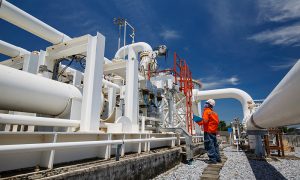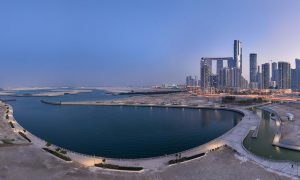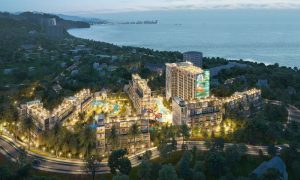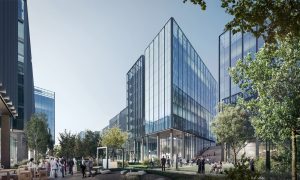Abu Dhabi real estate shows ‘initial signs of decline’
First signs of slowdown in 18 months amid lower demand, oil prices and government spending – JLL

Abu Dhabi’s real estate market is showing initial signs of decline, with rents dropping for the first time in three years, property advisory JLL has said.
The market has been “relatively stable” since the end of 2014, given the lack of demand growth being matched by minimal growth in supply.
But that is starting to change for the first time in 18 months, JLL said in its second-quarter Abu Dhabi Real Estate Overview, which assesses trends in the office, residential, retail and hospitality sectors.
“Demand has been weak since the decline in oil prices at the end of 2014 – impacting the oil sector, government spending and general sentiment. However, while demand took a big hit, annual supply completions have been at an all-time low, leading to relatively stable market conditions over the last 18 months – characterised by low vacancy rates in high quality stock and prime rents generally remaining stable across each asset class,” said David Dudley, International Director and Head of Abu Dhabi Office at JLL MENA.
“During Q2 2016, we have started to see the first signs of a downward trend as the decline in the oil sector, reduced government spending and weak sentiment continues. While supply remains stable, the reduction in demand has now started to cause vacancy rates to nudge upwards, indicating we have now reached a tipping point with rents declining for the first time in 3 years.”
The lower oil price and job cuts in the energy and government sectors have also hit the market, JLL said.
David Dudley added: “We expect the impact of these job cuts and reduced incomes to become more pronounced over the summer, as some people look to either leave or downsize. This will push vacancy rates up further and cause rents to decline at a time-lag but given the numbers we are talking about relative to the overall size of the market, this is expected to be a soft correction rather than a sharp decline.”
Around 400 residential units were delivered during the second quarter, bringing the total residential stock to approximately 246,400 units, JLL’s report said.
Average prime sales prices have declined by 5% to reach approximately AED 15,200 / sq m from AED 16,000 / sq m, affected by the reduction in transaction volumes over the past year, it added.
“During Q2 2016 we have seen a nominal decrease in rents of about 2%,” Mr Dudley said. “While there are signs of vacancy rates starting to increase slightly, many landlords are still able to maintain the same rental levels – with tenants often accepting this to avoid the additional costs and hassle of moving. However we expect vacancy rates to increase during Q3, causing further rental declines in the second half of the year.”
“It is important to put this in perspective. Average prime rents in Abu Dhabi increased at 17% in 2013, at 11% in 2014, and at 5% in 2015 representing a 33% aggregate increase from 2013 to 2015. While we expect rents to decline further from the second half of the year, this is likely to be a relatively modest decline compared to the growth that occurred from 2013 to 2015 – we are not anticipating a major fall.”

























